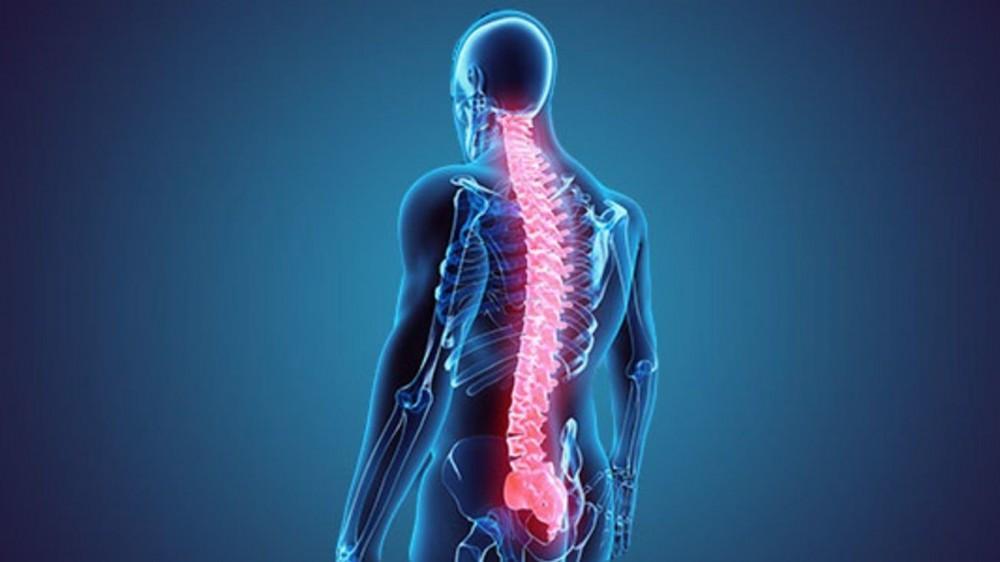Every year in the United States, hundreds of thousands of spinal fusion surgeries are performed, helping women and men relieve chronic back pain and related symptoms.
But although fusion surgery can be very effective for some people, it’s not the best choice for every type or cause of back pain.
David Chang, MD-PhD, DABNS, uses advanced spinal fusion surgery techniques, including minimally invasive techniques associated with less tissue damage and faster healing. Here’s how to tell if spinal fusion might be a good choice for you.
The basics of spinal fusion surgery
Spinal fusion surgery does just what its name implies: It fuses two (or sometimes three) spine bones (vertebrae) together to prevent painful or abnormal movement in the joint separating the bones.
During the surgery, Dr. Chang makes an incision over the vertebrae causing your pain. After moving aside the soft tissues surrounding your spine, he removes damaged tissue or disc material, then inserts a graft or special surgical scaffold to join the two vertebrae.
Over time, new bone tissue grows, joining the vertebrae or fusing them into one unit. Fusion prevents movement between the bones, as well as the painful symptoms it can cause.
Depending on your needs, Dr. Chang can perform fusion in one area of your spine or in multiple areas for more complex issues.
Dr. Chang uses minimally invasive techniques for spinal fusion surgery for faster recovery afterward. Physical therapy during the weeks following your surgery helps restore strength and mobility in the area.
Ideal candidates for spinal fusion
Since the goal of spinal fusion is to prevent movement between two or more vertebrae, patients who reap its benefits are those with pain from abnormal friction in the spine, including:
- Degenerative disc disease
- Spinal fractures
- Spinal stenosis (narrowing of the spine spaces)
- Adult spine deformities (like scoliosis)
- Herniated discs
- Spondylolisthesis (“slipping” vertebra)
The decision to perform spinal fusion is made on a case-by-case basis, so you can feel confident your treatment will be the most appropriate for your needs and goals.
Spinal fusion typically is reserved for patients with chronic back pain and related symptoms, like peripheral nerve pain and similar complications. If your pain is intermittent or mild or if you’ve had your symptoms for less than six months, Dr. Chang may suggest other therapies first.
Although spinal fusion is a relatively common surgery, Dr. Chang only recommends the procedure when nonsurgical options have failed to provide long-term, meaningful symptom relief. Nonsurgical, conservative treatment options include physical therapy, pain medicine, and spinal injections.
Relieve your chronic back pain
Spinal fusion is a time-tested treatment for many types of chronic back pain, including pain involving your spine bones, joints, and discs. To find out whether you can benefit from spinal fusion surgery, call our Roseville, Minnesota, office at 651-219-7292 or book an appointment online with Dr. Chang today.
